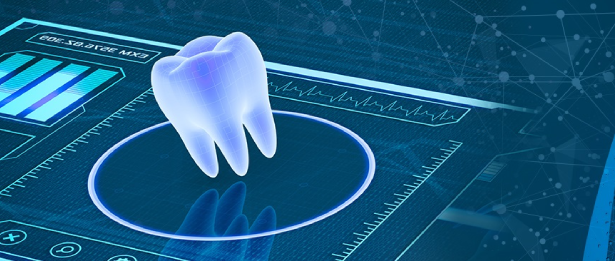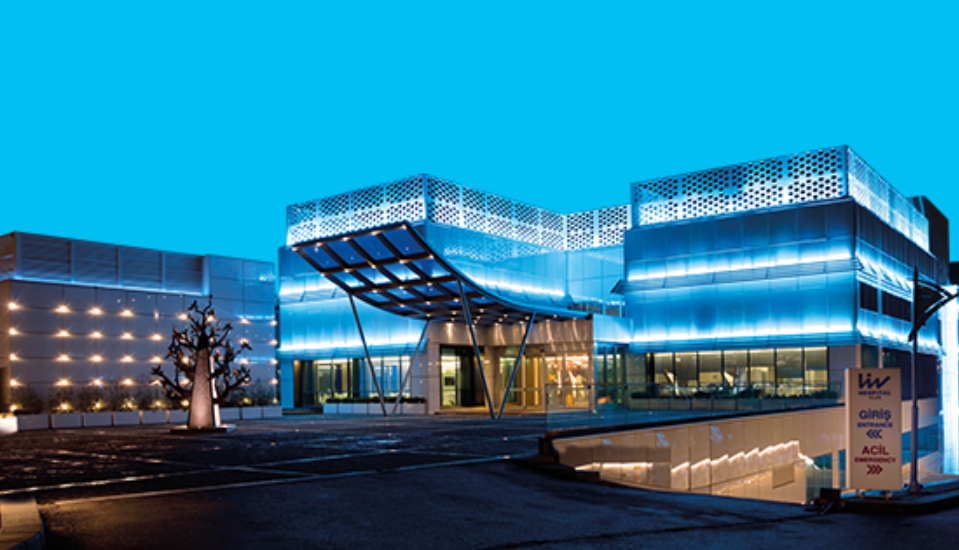Digital Dentistry
"Digital Dentistry" means the use of digital technologies in the practice of dentistry.

"Digital Dentistry" means the use of digital technologies in the practice of dentistry. These technologies provide dentists with more effective diagnosis, treatment planning and application opportunities.
Digital Dentistry at Liv Hospital
At Liv Hospital, using high-tech scanning and engraving devices called CAD/CAM, patients can receive painless, maximum functional and aesthetic treatments by taking 1-2 hours out of their busy schedules.
Digital Dentistry Procedures
Advantages of Digital Dentistry: Thanks to a special camera that easily captures images from inside the mouth, the measurement of the tooth to be restored is taken digitally and transferred to the computer environment. Thus, there is no need for procedures that reduce patient comfort, such as nausea and allergies during measurement.
Digital Dentistry Treatment: The measurement taken with the camera is transferred to the computer and the digital restoration design is made with micron-sized precision within 10-15 minutes, and the three-dimensional printer completes its production in 5-15 minutes, untouched, depending on the type of porcelain selected. Although the total duration of the treatment varies depending on the number of restorations to be made, most treatments are completed within one day, without the patient having to live with the temporary tooth. All treatments performed can be digitally archived and the patient's treatment history can be followed.
Smile with Digital Dentistry: Methods such as personalized smile design, leaf porcelain (porcelain lamina), full ceramic coatings constitute the main working area of CAD/CAM systems. Since using digital impression technology in such aesthetic applications contributes to gum health in the long term, the aesthetic result is much longer lasting. After a scan performed before any intervention has been made on the teeth, a smile design is made digitally, and how it will look when the treatment is completed is planned by the patient and the physician, taking into account the person's facial form, aesthetic criteria and the person's expectations. At this stage, detailed photography and video footage are used. The treatment process begins by adhering to the plan and the person is quickly given a new smile.
Painless Procedures in Digital Dentistry: During the procedures, the relevant area is anesthetized locally and the procedures are performed painlessly. The treatment process does not have a negative impact on the person's life comfort. If a color incompatibility is detected, it is possible to change the color in 5 to 7 minutes. Because there are special color applications on these teeth.
With Digital Dentistry, Implant Prostheses Can Be Made in a Single Session: As with every restorative treatment, porcelain teeth made on implants can be easily produced with CEREC CAD/CAM systems. It makes the work of both the patient and the physician easier, especially thanks to the production of "screw porcelain", which does not require cleaning of the adhesive.
Correct Implant Placement with Digital Dentistry: In addition to prosthetic applications, it is now possible to prepare a guide for implant surgery with this system. It is very important that the implants are placed correctly in the bone to achieve the best function and aesthetic results. The surgical guide ensures that the implant is made error-free and in the most accurate way.
Digital Dentistry Orthodontic Treatment: Thanks to digital dentistry, dental crowding of patients with appropriate indications can be treated without the need for brackets and wires. Customized transparent aligners, which can be produced on the same day by performing intraoral scans with a camera, provide a comfortable orthodontic treatment without affecting the aesthetic appearance of the person.
All Materials in Digital Dentistry are Certified and Guaranteed: The records taken can be digitally transferred directly to the unit in the clinic without the need for a laboratory phase, and the relevant restoration can be produced from certified products in front of the patient and the physician.
